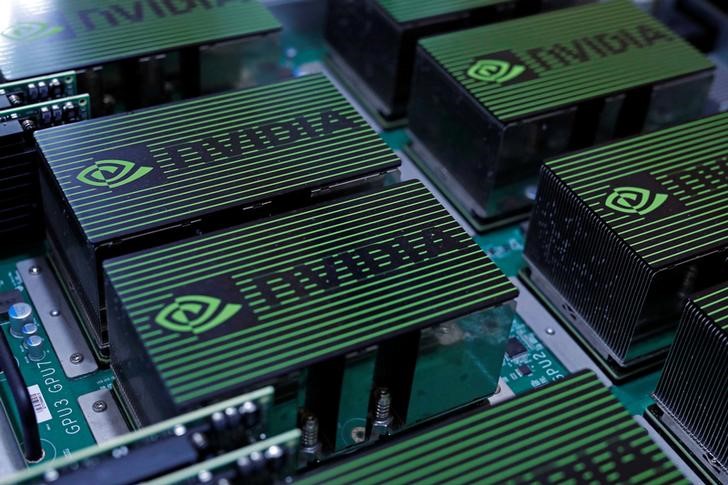Josh Gilbert, market analyst at eToro, shares his three things to watch in Australia in the coming days.
Non-farm payrolls/unemployment
The latest non-farm payrolls data will be key this week given Jerome Powell’s comments about the labour market during his recent Jackson Hole address: "We do not seek or welcome further cooling in labour market conditions”, suggesting that the Fed isn’t taking a loose stance on jobs.
The big consideration here will be the impact of the education and construction sectors on the data.
Pandemic-era federal aid that supported government-funded education is expiring and so there is a wave of layoffs occurring across the education sector.
Meanwhile, the housing market is cooling, which will have an impact on demand for construction workers.
Any weakness in next week’s jobs data would raise expectations of a 50bps cut later this month. Before this week’s data is handed down, markets currently see a 33% chance of that 50bps cut coming to fruition.
Either way, there is not much cause for anxiety, as a rate cut is undoubtedly coming in September.
Q2 GDP AU
Australia’s Q2 GDP data, set for release on Wednesday, will offer much-anticipated insight into the nation’s economic performance since the GDP increased by 1.4% in Q1.
Ongoing inflation and high interest rates continue to weigh on demand and are expected to be reflected in this quarter’s economic growth.
However, the RBA’s most recent Statement on Monetary Policy showed that the outlook for growth has been upgraded due to stronger-than-forecast public demand and a pick-up in household spending as real incomes rise.
The International Monetary Fund’s Q2 GDP YoY growth prediction currently sits at 1.4% and KPMG expects GDP growth to sit around mid-1% levels for the remainder of 2024.
The Q2 GDP results will play a crucial role in evaluating the impact of recent fiscal policies and in shaping future economic strategies.
If the pick-up in GDP growth is stronger than the RBA expects, there is the potential for further delays in returning to the 2-3% target range for inflation.
This could not only lead to higher inflation expectations but also an increase in the chance of further interest rate hikes in late 2024, a possibility that many households would find concerning.
What follows Nvidia results?
What's next for the bull market after Nvidia Corpration's results? Well, it continues.
It turns out that Nvidia's results might not have been the explosive event some had expected. The S&P 500 was flat, the Nasdaq Composite slipped 0.23%, but the Dow Jones added 0.6%, hitting a new record close, thanks to gains from Apple (NASDAQ:AAPL) and Microsoft (NASDAQ:MSFT).
Nvidia accounted for around 30% of the total return on the S&P 500 in the first half of the year with its eye-watering returns. But, last week’s result shows that the tech sector and the broader market might be relying less on the tech giant.
Yes, shares fell by 6.3% after earnings, but they bounced back by 1.5% on Friday as the long-term story remains intact. AI demand is still huge and companies’ bottom lines will continue to benefit.
Nvidia’s CEO Jensen Huang didn’t waver in his optimism about the future of AI use. He argued that the business is only at the beginning of a push to reequip the world’s data centres with its equipment, asserting that it remains a trillion-dollar opportunity.
Its revenue and profit growth were always going to slow down at some stage, especially relative to the almost unattainable expectations from some analysts.
Earnings season has been a success. We saw 11% earnings growth, well above estimates, especially when we weren’t expecting double-digit growth until next quarter.
With rate cuts in September, strong global growth, and US GDP revised upwards to 3% last week, this bull market still has legs.
